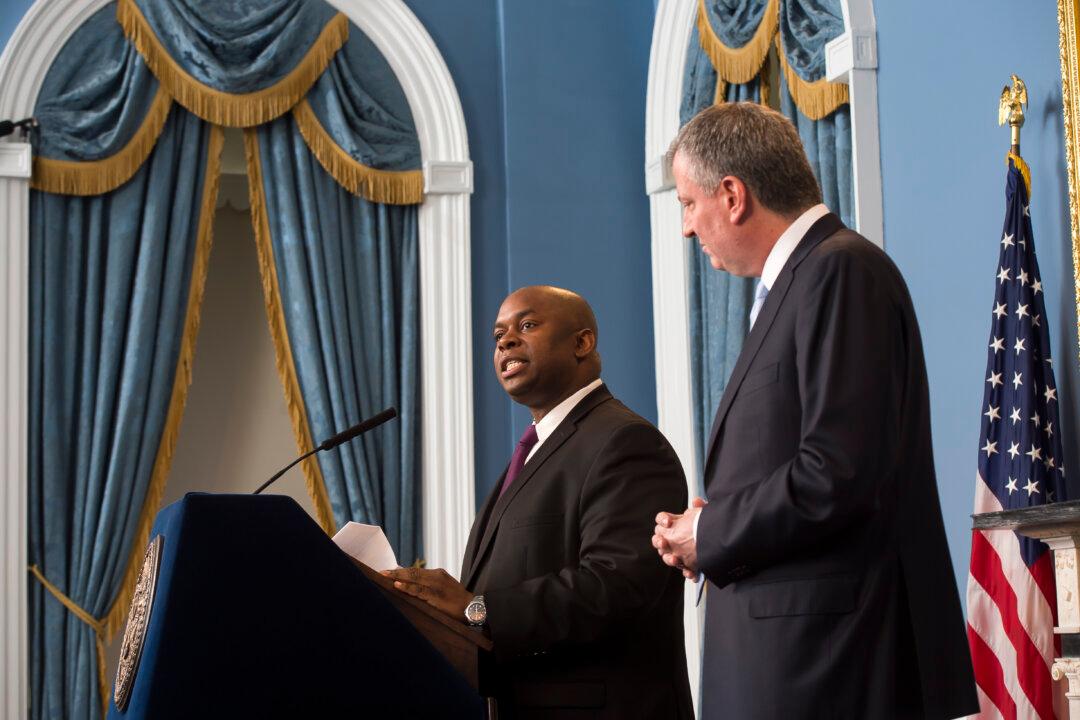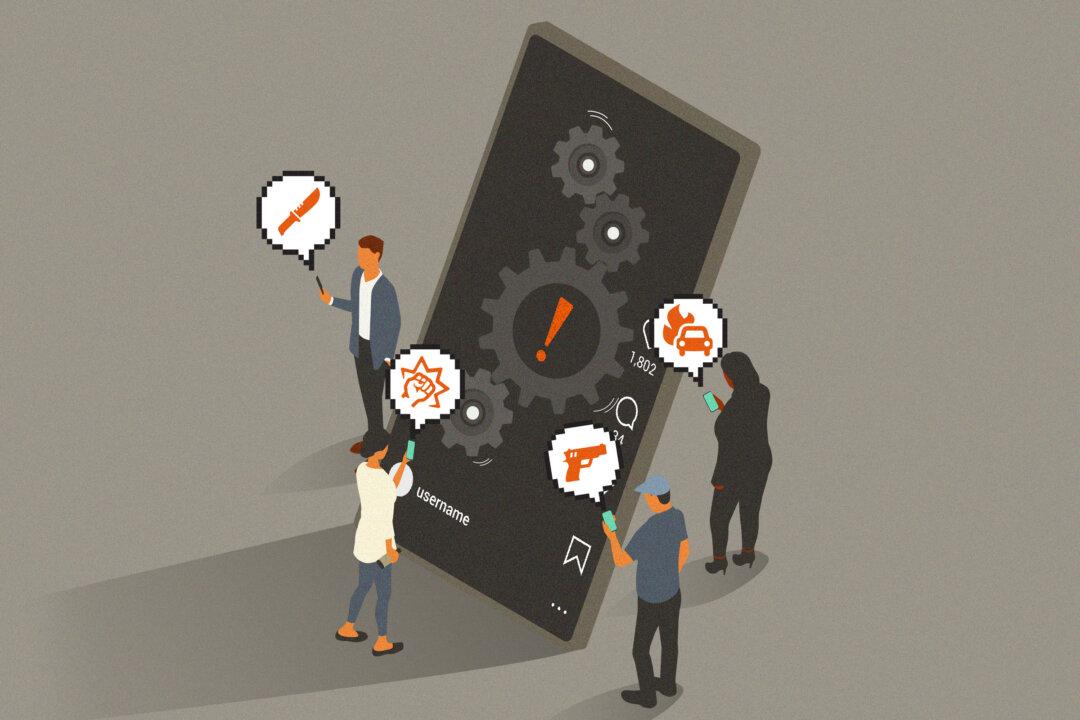NEW YORK—As Mayor Bill de Blasio continues a vigorous push to deliver his pivotal plan for universal prekindergarten, another key campaign promise has surfaced—his plan to create 100 community schools.
The Tuesday appointment of Richard Buery as the deputy mayor for strategic policy initiatives gives a hint of how de Blasio’s plan to expand community schools may look like.
Building support for the mayor’s pre-K plan in Albany is first on Buery’s agenda. De Blasio needs approval from Albany to raise taxes on wealthy city residents to pay for the plan. But Buery’s previous job as the chief executive officer of the Children’s Aid Society suggests that de Blasio is also committed to executing his community schools vision.
The community schools model involves bringing additional education and noneducation services into public school buildings and offering those services to the public.
The model has been successfully implemented in Cincinnati and on a smaller scale in New York, with measurable benefits to the students, parents, and neighboring communities.
The Children’s Aid Society partners with 16 schools in underserved areas of the city. Buery was with the organization since 2009, where he was focused on helping students from pre-K to adulthood break the poverty cycle.
At its 16 community schools, the Children’s Aid Society provides medical services, including pediatricians, dentists, and psychiatrists, to students, families, and the neighboring communities. On top of the standard public school services, these community schools also offer pre-K, afterschool programs, summer camps, and parent engagement.
Both de Blasio and Schools Chancellor Carmen Fariña often bring up the current lack of parent engagement in public schools. It is also something Children’s Aid Society is confident about delivering. “We are very good at that,” said Jane Quinn, Children’s Aid Society vice president for community schools.
In transforming a school into a community school, Children’s Aid Society first hires a parent coordinator who knows the community and speaks the language.
“Many of the neighborhoods we work in are immigrant communities, where the families value education, but they don’t know what is expected of them,” Quinn said.
Next, the organization sets up a family room in the school, a place where parents can come any time the school is open and feel welcome.
“They can come in just to have a cup of coffee, or they can come in to take a workshop, or they can come in to get help with a problem,” Quinn explained. “I don’t know why all schools don’t operate like this.”
As for the mayor’s plan for 100 more community schools, Quinn feels it will take time, but that it is manageable. She gave the example of Cincinnati, which turned all of its 55 schools into community schools in seven years.
Still, Cincinnati started with the local Supreme Court ruling its crumbling education system unconstitutional and imposing a tax on citizens that yielded $1 billion to pay for the transformation.
The Children’s Aid Society reported a budget of $14.3 million for its 16 community school programs, a third of it funded by private sources. The rest is public money, mainly state and federal grants. Health services are mostly covered by Medicaid.
Beacons
There are over 100 community schools in New York City, but not all of them have as large a portfolio of services as those run by the Children’s Aid Society. Most are considered community schools because they operate a Beacon program.
The Beacon program is the city’s model of a community school. It creates a community center in the school, open daily until 9 p.m. to the general public. It focuses on after-school programs and community engagement. Participants perform community service work, help the elderly, and help with programs for younger children.
The city funds each of the Beacon programs, or Beacons, which cost $340,000 a year, but if they are not able to partner with a larger community organization, such as Harlem Children’s Zone, they have trouble surviving, let alone expanding.
In the last two years, City Council members have added $4.45 million a year from their discretionary funds to bolster Beacon programs, preventing seven programs from closing down.
“They’ve been neglected for many years,” said Sarah Zeller-Berkman, director of community youth development at Youth Development Institute, a nonprofit helping local organizations to set up Beacon programs.
She thinks many Beacon programs are underutilized and waiting for the administration to help them negotiate partners and secure more funding, at which point they would be able to expand their services and create full fledged community schools.
“Beacons are well poised and ready to take on this charge,” Zeller-Berkman said.





